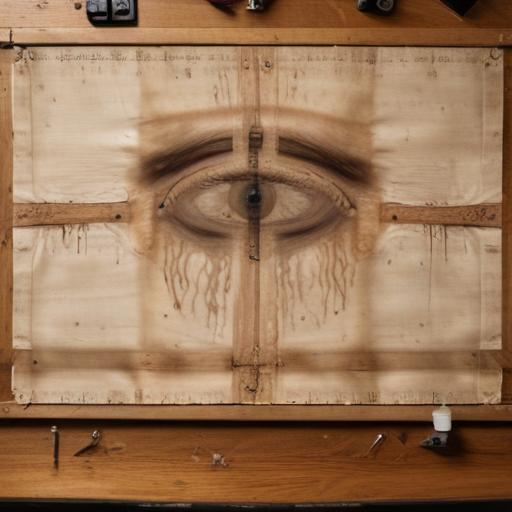The Shroud of Turin, a linen cloth measuring approximately 14 feet long and 3 feet wide, has been a focal point of fascination and controversy for centuries. Renowned for its faint image that appears to resemble a crucified man, many believe this artifact to be the burial cloth of Jesus Christ, igniting debates that combine history, faith, and science.
The history of the Shroud dates back to the mid-1300s when it was first exhibited to pilgrims in Lirey, France by Geoffroi de Charny. Even during this early period, questions regarding its authenticity were raised. Bishop Pierre d’Arcis asserted that the Shroud was a forgery, a claim echoed in documents from the late 14th century indicating an artist admitted to painting the image. However, the Shroud gained significant veneration following its acquisition by the House of Savoy in 1453, which propelled its status as a holy relic, often supported by papal endorsements.
In the years that followed, the Shroud was moved to various locations, ultimately surviving fires and undergoing restorations which allowed for ongoing scientific assessments. The Shroud’s image presents a mix of historical and medical anomalies; it bears features consistent with wounds depicted in the biblical accounts of Christ’s crucifixion, yet its provenance before the 14th century remains elusive. Some theories link it to the Mandylion of Edessa, a cloth bearing Christ’s likeness, but discrepancies in its characteristics suggest these connections are tenuous.
Diverse scientific studies, such as those conducted by the Shroud of Turin Research Project in 1978, have sought to determine the Shroud’s origins. Tests indicated a photographic negative-like quality to the image, while other analyses reported pigment presence not consistent with a burial cloth. Additionally, radiocarbon dating in 1988 suggested a medieval origin for the cloth, dating it between 1260 and 1390 CE, further complicating claims of its authenticity.
The blood stains present on the Shroud have been subjects of considerable scrutiny. Some argue these marks align with the injuries described in the Gospel accounts. However, critics have pointed out that the depiction may align more with artistic representation rather than reality, particularly the blood flow patterns that appear inconsistent with gravity’s effects on a body.
Reflecting on the significance of the Shroud, one recognizes its cultural and historical importance, particularly as a lens through which to view the sociopolitical climate of 14th-century Europe, marked by religious tension and crises stemming from events like the Black Death. It raises intriguing questions about the motivations behind its creation—whether for genuine spiritual expression or as a means of financial gain amid societal upheaval.
Despite skepticism regarding its status as the authentic burial cloth of Jesus, the Shroud of Turin continues to inspire exploration and debate, demonstrating its enduring impact on faith and critical inquiry. As scholars and believers alike engage with this artifact, it serves as a reminder of the rich tapestry of history where faith, art, and science intersect.
This article encapsulates a multifaceted discussion on the Shroud of Turin and engages with both historical context and scientific analysis, inviting readers to ponder its significance within the broader discourse of religious artifacts.
